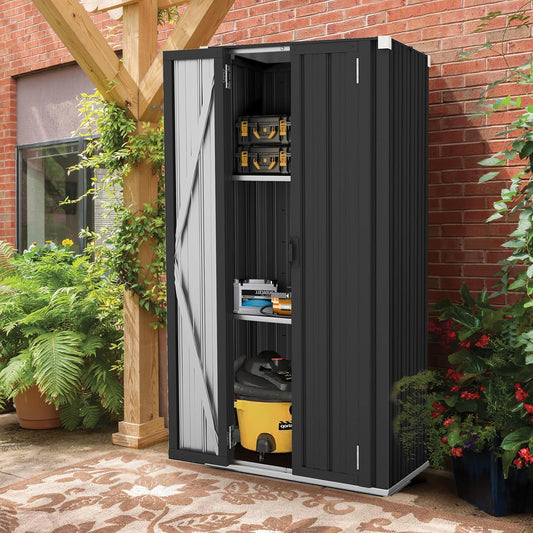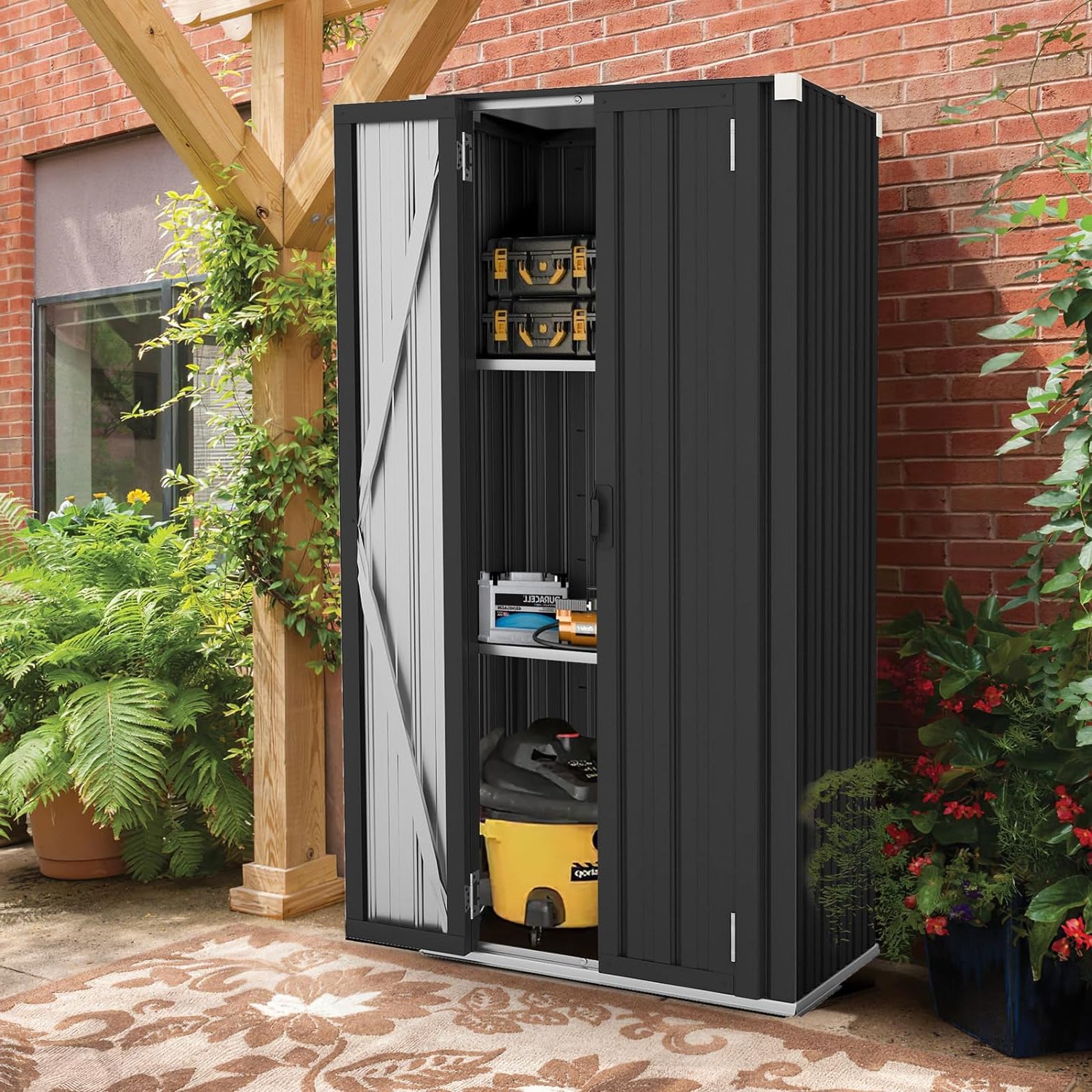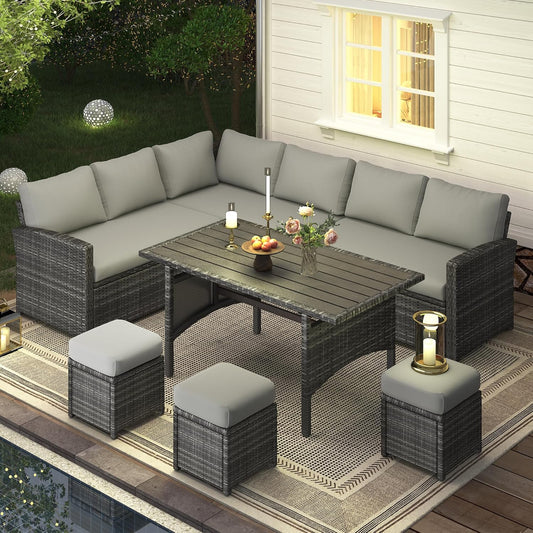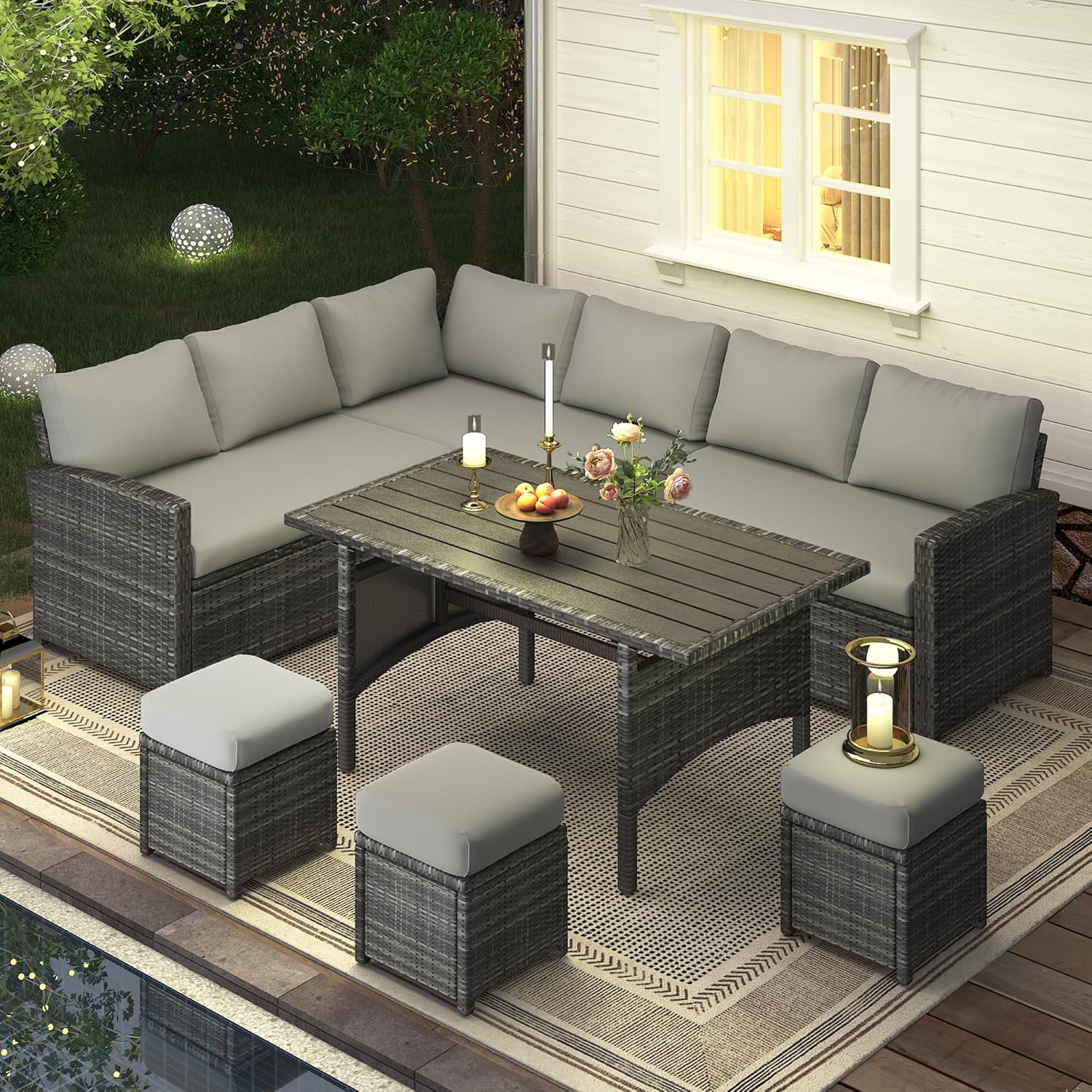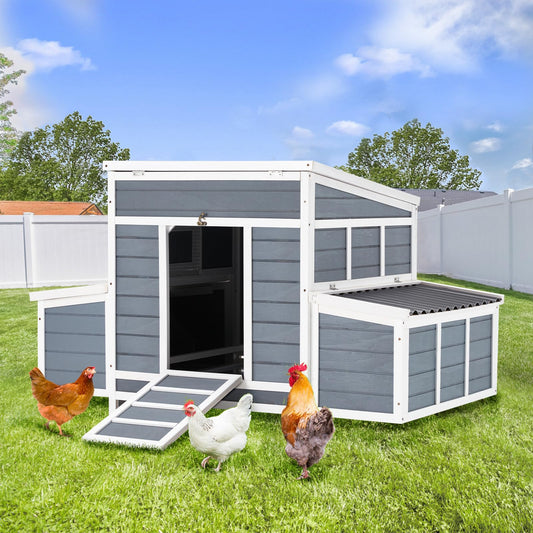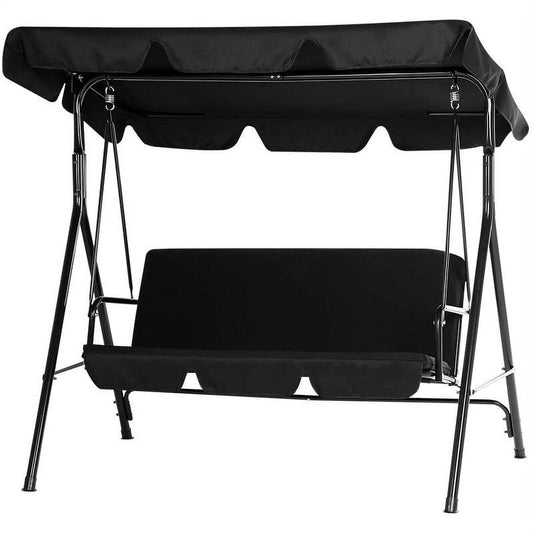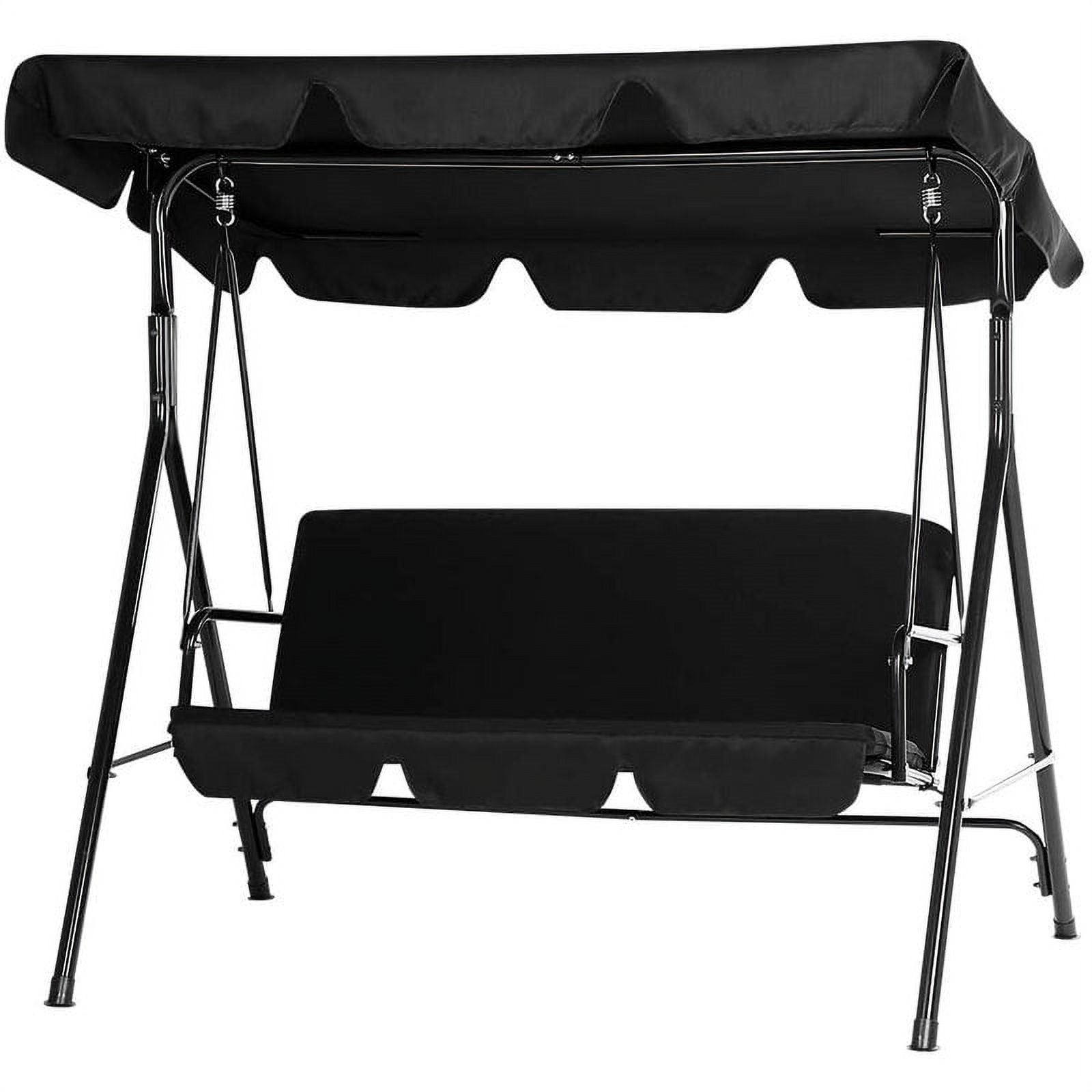Why Construct Your Own Wooden Shed?
Taking on a DIY wooden shed project can be very fulfilling. One of the main perks is creative input—you can create a structure that fits your backyard perfectly down to the inch. Do you require extra space for potting plants? Need a built-in bench? Have a specific pitch for the roof to match your house? When you build your own shed, you do not have to conform to premade structures.
Then there is cost. Although you will be spending money on materials and tools, you may find that a DIY wood shed can save you money in the long run over buying a completely pre-built shed. You can buy your lumber during seasonal sales, you could save significant money by using salvaged materials you find during other projects, and you avoid any costs associated with contractor fees. If you are someone with basic carpenting skills, some money savings can be comparable to what you would have originally spent on paying an installer.
But there is more than just saving money—it comes down to personal satisfaction. Building something with your hands allows for a sense of accomplishment that is hard to achieve elsewhere. It makes your storage shed into something personal that you are proud of every time you walk by it.
Nevertheless, do-it-yourself isn't always the best option. Building a shed will take time, tools, and a fair amount of patience. If you are short on time, and/or don't know anything about the basics of construction, a pre-built garden shed might save you from making mistakes, and headaches! Either way, the end goal is the same whether you build or buy: a durable functional space that makes outdoor living easier and organized.
What tools and materials do you need for building a shed?
Before you can get too far on your project, you need to make sure you have the materials and tools. Choosing the right materials means your shed will have the best chance to resist the weather and time. Using the right tools will ensure you have the smoothest and safest building experience!
In this section we will look at some common shed materials. If you're looking for a shed that will last and withstand the elements, you want to consider using the following materials:
- Pressure treated lumber for the base and frame so that it can withstand rot, insects or moisture.
- Plywood or OSB (Oriented strand board) for walls, floors and roofing panels.
- Some type of roofing material (asphalt shingles, metal sheets, or corrugated panels).
- Fasteners like galvanized nails and weather resistant screws.
- Waterproofing sealants and paint.
Basic Tool Checklist
Your toolbox may vary a bit depending on how simple or complex you're going to build your shed - but the following are standard:
| Tool or Material | Purpose |
|---|---|
| Circular Saw / Miter Saw | Cutting wood to size |
| Power Drill & Drill Bits | Creating pilot holes and driving screws |
| Hammer | Driving nails into place |
| Tape Measure | Ensuring accurate measurements |
| Carpenter’s Level | Keeping walls, floors, and roof straight and even |
| Framing Square | Checking corners and structural alignment |
| Safety Gear (Gloves, Goggles, etc.) | Essential for protection during construction |
| Ladder | Reaching higher sections like the roof |
| Caulk Gun | Applying weatherproofing sealant |
| Shovel / Post Hole Digger | For leveling or anchoring support posts if needed |
If you're building on a concrete slab, you may want a masonry drill bit and anchor bolts.
Having everything in order before you begin will save a lot of time and potential trips to the hardware store mid project. Once, you have gathered all your materials you can move on to planning and to construction.
Where to Put Your Wooden Shed?
Selecting the right location is critical to the longevity and functionality of your wooden shed. Here are the things you can consider:
-
Flat, Accessible Ground
You will want to select a flat, easily accessed site from your home or garden. A flat base will provide stability and ease of installation. -
Sunlight
You want a happy medium here; either too much sun will warp or fade the wood over time, and too little sun will create dampness, leading to mold or mildew. -
Good Drainage
As with any structure, avoid the lowest areas where water can pool. If you select a slightly elevated site, your shed will be less prone to developing any water-related damage, allowing you to prolong its lifespan. -
Distance from Existing Structures
Do not build your shed too close to any trees, fences, or your home. If your shed is too close to these things you could have access issues or your structure could be damaged during storms. -
Local Rules
Always check local building codes, zoning laws, or HOA guidelines. Certain areas require permits or may limit the size, height or placement.
With the careful selection of your shed's location, you can be assured of better performance, less maintenance, and fewer headaches in terms of regulations.
Let me know if you would like me to write the next section, "What Foundation Should You Use."
When Is the Best Time to Build a Shed?
Timing your shed construction project can play an important role in the quality of your build and ease of construction. Spring and early summer are often considered as the best seasons to build a shed because of mild weather and the ground will not yet be frozen or saturated with water. Avoid rainy seasons and harsh winter conditions, since it would set your work back possibly impractically, or even structurally compromise your build.
A normal size wooden shed build will take between a few weekends to a few weeks (time will be based on size and complexity of build), from materials preparation (foundation) to applying your sealant to the final stage. Before starting, it is wise to seek knowledge from the customers who built their sheds. You can learn years of combined experience in a few simple discussions, and you will find all of the logical, practical advice and timelines from serious DIY'ers on sites like BackyardChickens.com's Coop & Shed Building section, {even if your shed might have no chickens in it, ever}, which consists of mostly farm storage type sheds, benches, soceer cages, or otherwise.
How Do You Build a Wooden Shed Step-by-Step?
Building a wooden shed may sound daunting, but most folks don't realize how easy it is, breaking it down into smaller, manageable tasks makes it much easier for you to accomplish - even for new builders. Here’s a simplified summary of the major steps:
1. Build and Configure the Foundation
Having a sound foundation is essential for both integrity and durability of your storage shed. Depending on your area, budget, available materials and the weather you face, you can have a:
- Concrete slab - The most sturdy and permanent, to support a larger or heavier-duty shed.
- Gravel base - Good drainage and Typically cheap for smaller sheds.
- Deck blocks or skids - Fast and efficient base, and great for temporary or mobile storage structures
You want to make sure the area is level and compacted well before proceeding.
2. Frame the Floor, Walls, and Roof
- Start with the floor frame, using pressure-treated lumber and construct the car decking, then framing the walls.
- Your wall frames will also be framed on the ground and then moved into position one wall section at a time.
- Add cross bracing on your wall frames to help stabilize the wall frame before nailing the wall attached to your floor platform.
- Once installed glue and/or nail the roof trusses or rafters - maintaining a consistent distance is important.
3. Bolt on Siding, Doors, and Roof
Final step is closing the structure:
- Siding: you can use plywood panels, tongue-and-groove boards, or other exterior-rated materials.
- Doors: you can buy pre-hung shed doors or you can make your own with a framed panels.
- Roof: fasten plywood sheathing onto the rafters, and then cover the sheathing with either shingles or metal panels, don’t forget your flashing and underlayment.
4. Seal and Finish
In order for your shed to be weatherproofed and last longer:
- Seal all abscesses with caulking or foam.
- Put on wood preservative or exterior paint/stain.
- If desired, add vents to allow airflow and move or control moisture.
This step-by-step process can be spread over a few weekends depending on your tools, materials, and weather conditions. If the project feels overwhelming, you can always buy a ready-made shed from YODOLLA for a convenient and reliable shed solution. Once finished, you’ll have a customized shed built to your exact needs—and the satisfaction of knowing you made it yourself.















